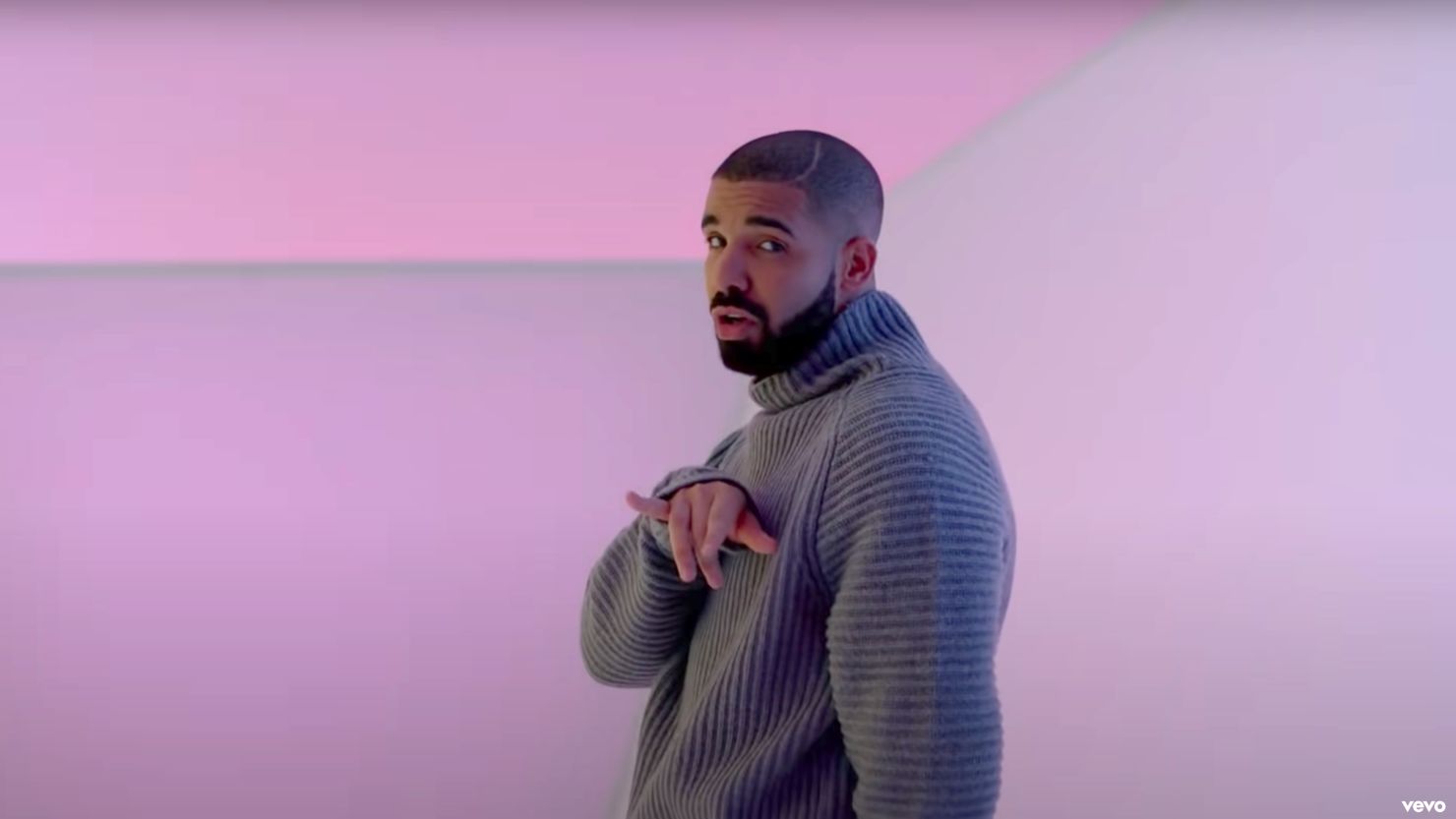Editor’s Note: The CNN Original Series “The 2010s” looks at a turbulent era marked by political and social upheaval. Social media transformed society and streaming upended music and entertainment. It airs on CNN Sundays at 9 p.m. ET/PT.
The 2010s felt more like a century than a decade. Within 10 years, pop culture evolved (and, in some people’s view, devolved) more rapidly than ever before, due largely to the advent and ever-growing influence of social media.
The cultural climate and digital landscape influenced the music we listened to, too: We started the decade in the optimism-heavy Obama era and ended it in a pandemic and a sharply divisive political climate. But we were online for all of it, and apps like Spotify and TikTok catapulted certain songs and genres to popularity and even influenced the kind of music that gets made at all.
Revisit some of the predominant trends in music that came to define a mercurial decade, from pop-rap and boy bands to aesthetic sadness and protest anthems.
Rap goes the viral pop route
At the beginning of the 2010s, rap stars had trouble scoring their own No. 1s without featuring on pop records, experts noted in CNN Original Series “The 2010s.” Rappers like Drake could contribute a verse to a song by Rihanna, but they had a more difficult time reaching the same heights solo on the Billboard charts.
So they started to fuse the two genres, a venture that became particularly successful with the advent of streaming. Drake’s inescapable 2015 bop “Hotline Bling” was engineered to be a viral hit, from the meme-able music video (now viewed nearly 2 billion times on YouTube) to the infectious opening beat. He followed it up months later with “One Dance,” a dancey, Afrobeats-infused hit which spent 10 weeks at the top of the Billboard Hot 100, the first of Drake’s singles to hit that No. 1 slot and spend weeks there.
He took a cue from Nicki Minaj, perhaps the rapper who most adeptly straddled the worlds of rap and pop during this era before they overlapped significantly. With hits like 2010’s “Super Bass,” on which she expertly executed verbal gymnastics and sang the chorus and bridge, Minaj set the stage for artists like Cardi B, Lizzo and Doja Cat, who’ve benefited from viral moments and also blend rap and pop with their own unique musical sensibilities, to thrive into the 2020s.
And then, in 2018, we met Lil Nas X, a musician raised on the internet whose country-rap hit “Old Town Road” started as a meme and eventually blew up offline, becoming one of the best-selling singles of all time and even changing the way Billboard and other industry gatekeepers define “country” and “rap.” Lil Nas X used his digital presence to boost his profile and become a bonafide star. He continued to pair his music with viral videos: His video for 2021’s flamenco-inspired “Montero (Call Me by Your Name)” featured him dressed as the devil receiving a lap dance from a fallen angel, also played by Lil Nas X. The hit was nominated for song of the year at the Grammys in 2022.
Dark and dreary pop blows up
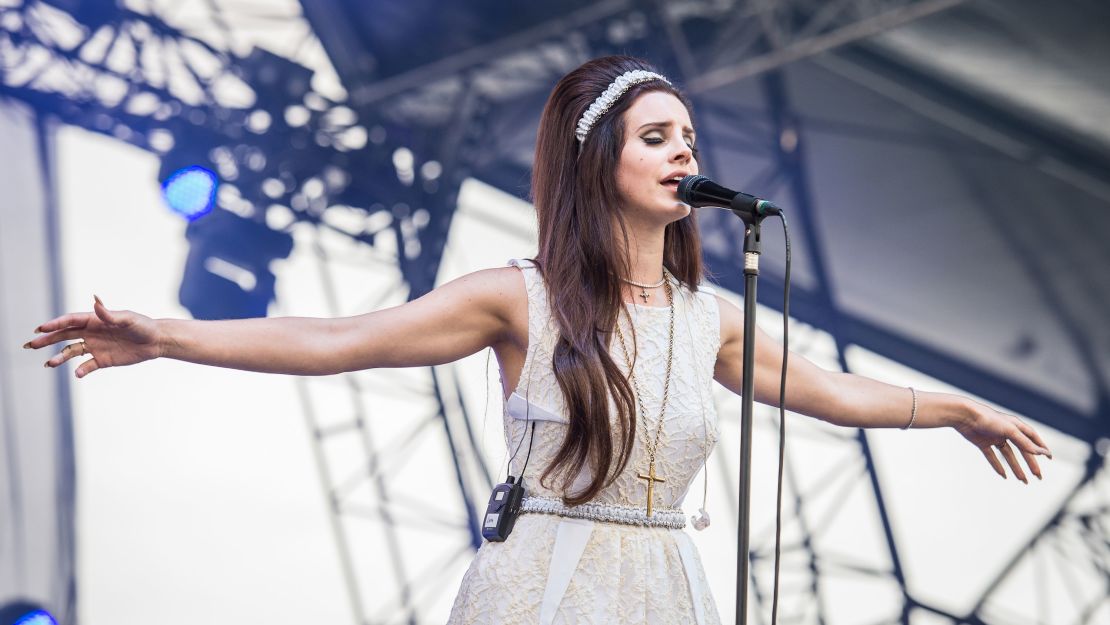
While some popular musicians were boasting about partying, sex and drugs, artists like The Weeknd and Lana Del Rey were languidly singing about letting the same things destroy them. Their style was a stylish refutal of the “turbo-pop” that dominated the first few years of the 2010s – and presaged a darker time for the US in the latter half of the 2010s, when bleakness became the predominant theme in pop culture.
Abel Tesfaye (The Weeknd) and Del Rey become icons online – Tesfaye’s 2011 mixtape “House of Balloons” and Del Rey’s single “Video Games,” from the same year, both bounced around the blogosphere and became cult hits. They also resonated with Tumblr users, where the imagery of their music and accompanying media – cigarettes, bruised knees, smeared eyeliner, moping black-and-white headshots – became an aesthetic.
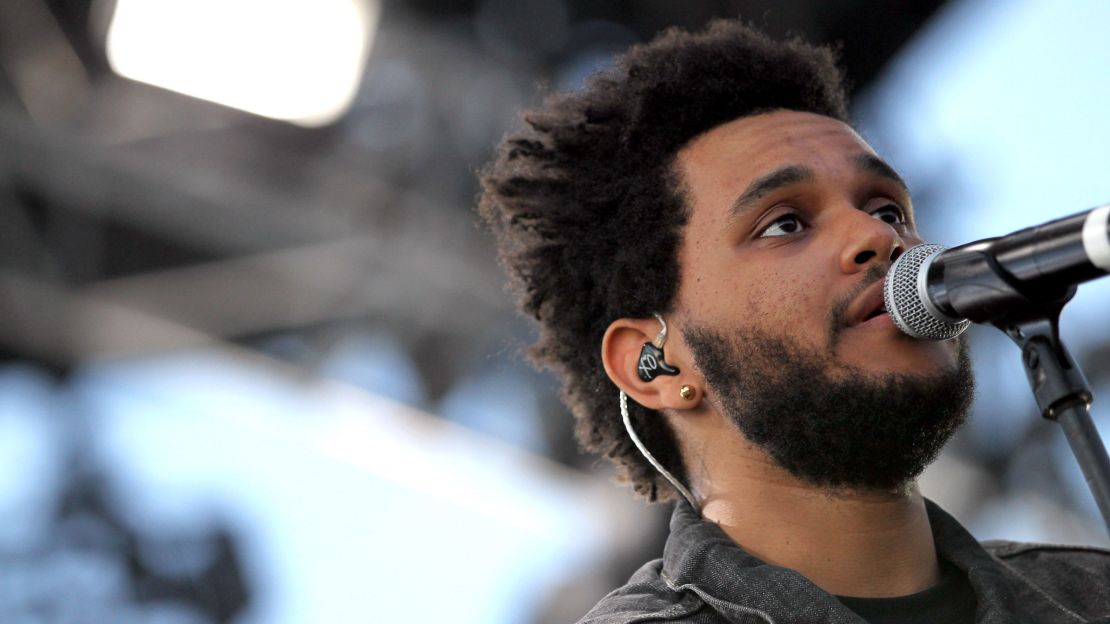
Both the Weeknd and Del Rey have pivoted since their debuts, with their images becoming more complicated than their indie origins belie. The Weeknd has become one of the biggest pop stars in the world, mostly without abandoning his commitment to the depressed and depraved. Del Rey, meanwhile, has only burrowed deeper into her niche, crafting intensely personal records that have matured with her listeners.
Their musical influence is evident in the sounds of popular artists like SZA, Future and Billie Eilish, whose trap-infused sound shares similarities with The Weeknd’s early work. Even Taylor Swift has borrowed some of Del Rey’s edge on her more recent albums, and the two collaborated on Swift’s latest album “Midnights.”
Protest music decries police brutality
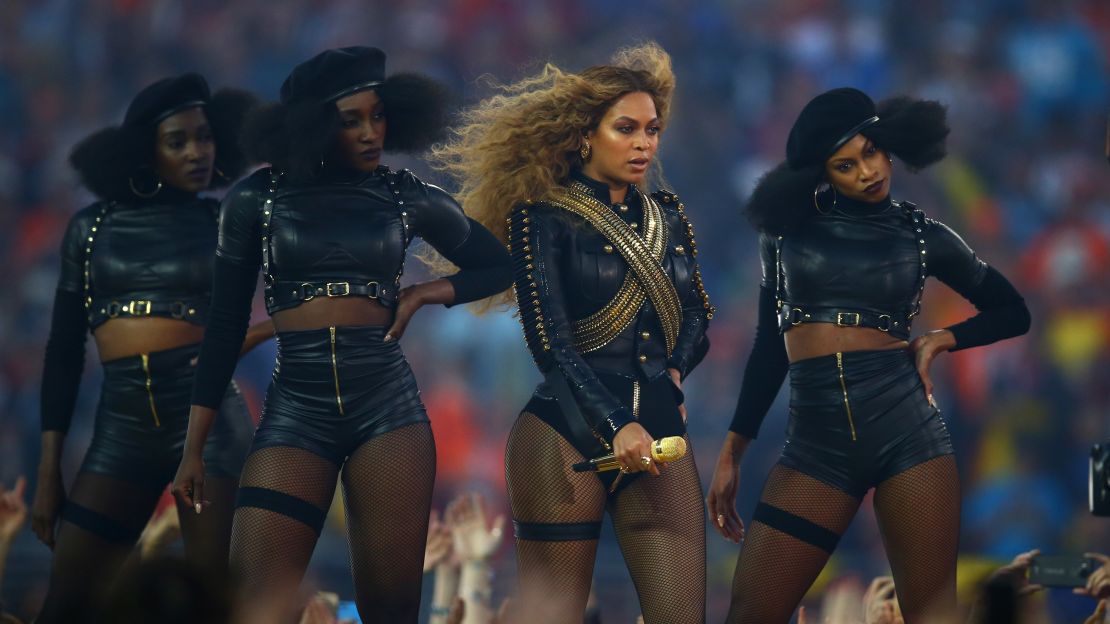
The decade writ large was also defined by protests against police brutality, beginning in 2014 with Michael Brown, an unarmed Black teenager who was shot and killed in Ferguson, Missouri, by a White police officer. His death – and the unrest that followed – didn’t just impact advocacy, it influenced music, too.
So much of the decade became defined by protest music – with a major example being Beyoncé’s 2016 Super Bowl halftime show, where she performed her then-brand new single, “Formation.” Clad in all black and sporting a bandolier of bullets, Beyoncé’s show was a clear ode to the Black Panthers and called attention to the Black Lives Matter movement. That it was done during the year’s most-watched television event points to just how mainstream these messages were becoming in music.
“Music is always the soundtrack of movements,” said Renée Graham, columnist at The Boston Globe, in “The 2010s.”
And Beyoncé wasn’t the only one soundtracking the movement during the mid-to-late 2010s. In 2014, D’Angelo released his first album in more than a dozen years – “Black Messiah,” his most political work thus far, specifically citing the Ferguson protests as inspiration for the album.
Two years later, Solange released “A Seat at the Table,” an album exploring the personal impact of violence against Black and brown people in tracks like “Weary” and “Mad.” The same year, elusive singer Frank Ocean dropped his album “Blonde,” whose opening track contains the line: “RIP Trayvon, that n**** look just like me.”
But the two songs that stick out are Kendrick Lamar’s “Alright,” released in 2015, and Childish Gambino’s “This Is America,” released in 2018. Both songs exemplify the protest theme of the era, but in different ways. Lamar’s track insists on optimism and hope, with the chorus “We gon’ be alright.”
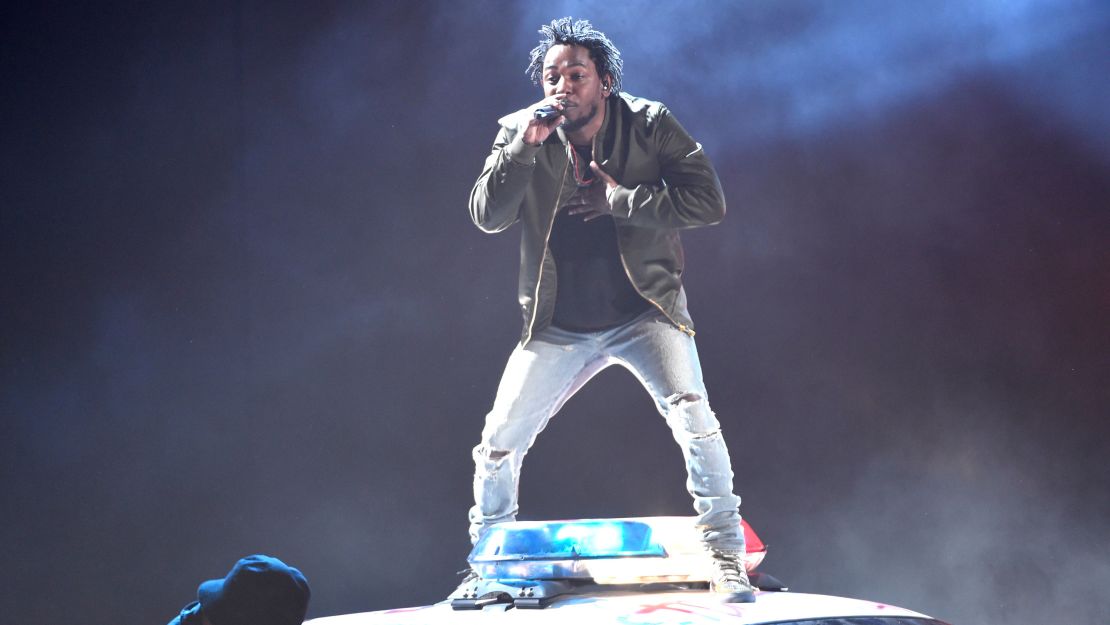
Childish Gambino’s record is the opposite. The song emphasizes the resolute notion that this – the racist violence in the country, both past and present – is in fact America, regardless of what progress is seemingly made.
“With Kendrick Lamar’s ‘we gon’ be alright,’ you still are in this hopeful Obama-era, Black Lives Matter movement. And by the time you get to Childish Gambino, we have a different presidency,” Salamishah Tillet, a professor at Rutgers University, notes in “The 2010s.” “To a lot of people, it seemed like we were actually moving backward.”
That attitude shift was apparent in society. And so, it was reflected in music, too.
The boy band renaissance
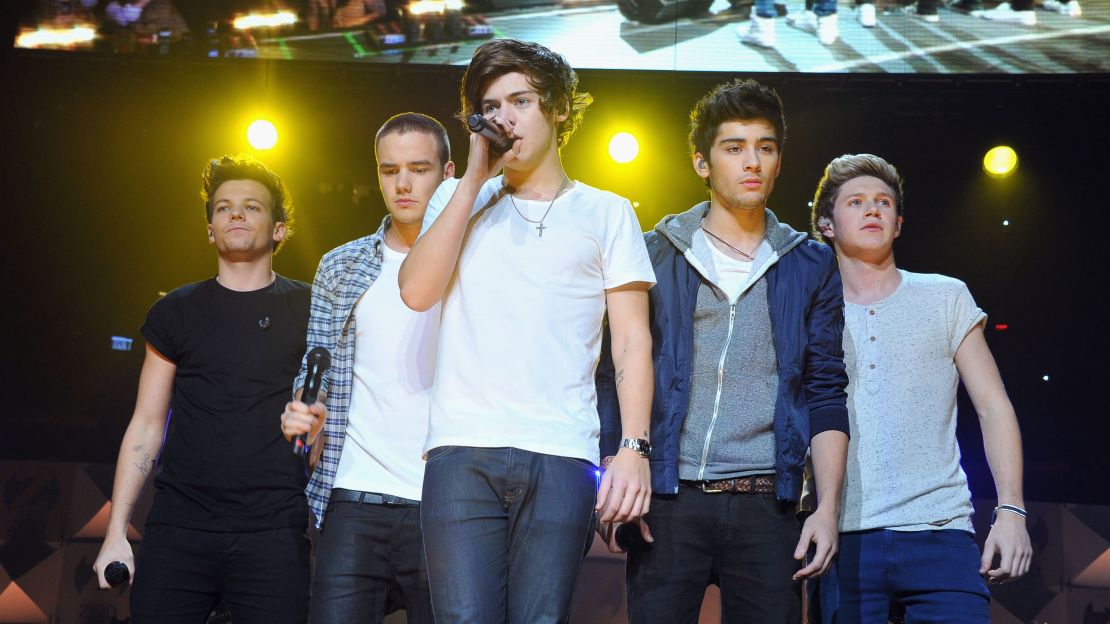
The 1990s had Boyz II Men, the Backstreet Boys and NSYNC. The 2010s had One Direction.
Though boy bands and their primarily female fan bases are often dismissed, the success of One Direction in the 2010s points to a revival of the genre that has continued into the 2020s.
Take a look at the top-selling albums in 2012: Adele’s “21” and Taylor Swift’s “Red.” Sitting pretty at No. 3 was One Direction’s “Up All Night,” the group’s debut album. And their sophomore album, “Take Me Home,” released the same year, scooped the No. 5 spot.
Having two albums become top five bestsellers is no easy feat. And One Direction was the first to do it, according to Billboard, since Nielsen SoundScan started tracking sales in 1991.
Suddenly bands like The Wanted, Big Time Rush, and, in the latter half of the decade, 5 Seconds of Summer, were everywhere. The latter group was particularly successful, with their first three studio albums, released between 2014 and 2018, all certified at least gold by the RIAA. (Two of three reached platinum, having sold a minimum of 1 million albums).
One Direction broke up in 2016, though former member Harry Styles has continued to dominate charts with his solo efforts since. In their place, K-pop groups like BTS have reigned supreme. The Western boy band may be gone for now, but the universal appeal of such groups carries on.
